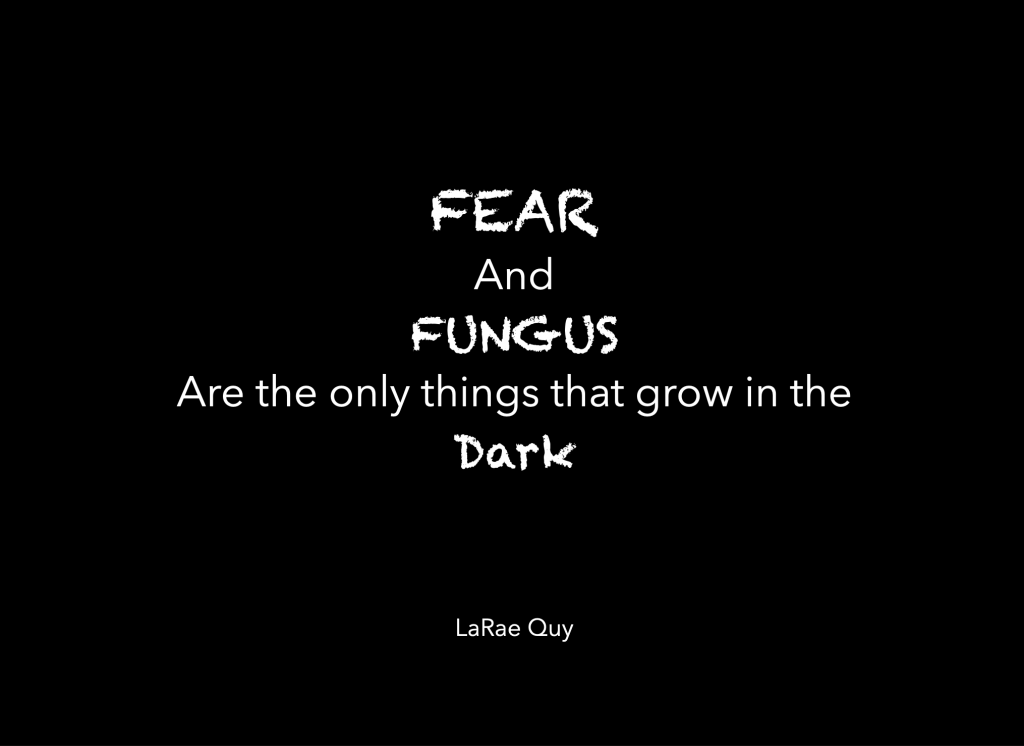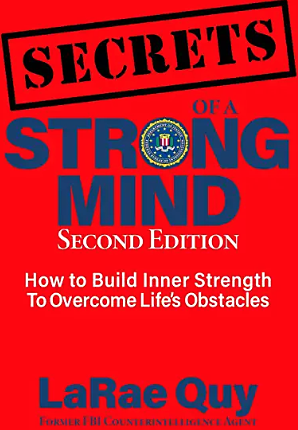We’ve all started over in a different environment, lost a job, or had a relationship fail. We grapple for a lifeline as we struggle to overcome these setbacks. We feel the tug of war between a cerebral brain that thinks its way through problems and an emotional limbic brain system that feels its way around.
To us, it feels as though each of these brain components has its own agenda, and at some point, a certain amount of paralysis can set in as the two brains fight for dominance. Technically, this is what happens in post-traumatic stress disorder. The prefrontal cortex of the cerebral thinking brain loses its ability to regulate the emotional limbic system. While we may not experience the full impact of PTSD, stress, and anxiety, they can still affect our ability to make the best decisions.
We can develop a strong mind when we find ways to get the cognitive and emotional parts of the brain to cooperate. Mental toughness involves the ability to experience discomfort yet still feel comfortable. A setback doesn’t have to be the end of the story. In fact, a setback might be exactly what we need to get where we want to be.
Are you mentally tough? Take this FREE assessment.
Here are five effective ways to overcome setbacks in life:
1. Start with a minor source of uneasiness

When we move out of our core competency, we often feel vulnerable and weak, not unlike how we feel when confronted with a setback. We no longer feel in control because we don’t have the right answers or feel uncertainty about our choices.
To overcome setbacks, we need a beginner’s mind that leaves behind old assumptions and gropes for new ways to move forward. This is exactly the mindset we need when confronted with obstacles and adversity! We may not be able to rely upon our developed skills as we face a new barrier or challenge, but if we’ve continually and deliberately placed ourselves in situations that are beyond our core competency, we’re more prepared to deal with the unknown.
With experience and practice, we can predict our response to the unknown with greater accuracy. This is another important component of mental toughness — the ability to choose our response when confronted with the unknown rather than simply react to our circumstances.
How to make it work for you: Identify a minor source of uneasiness that clearly places you in a discomfort zone — but not in a panic mode. When you do, you begin to train your emotional and thinking brains to communicate with one another. Start small so it doesn’t put your emotional limbic system into survival mode. However, the challenge does need to be big enough to generate a physical reaction.
For example, if you fear public speaking, the thought of your performance can cause palms to sweat and heart rate to increase. These physiological responses are triggered by your fear response — which is housed in your limbic system. Start with a small group so you can experience the physiological responses. Prepare your talk and deliver it with confidence. Next time, speak in front of a larger group, etc.
2. Pinpoint where your fear is coming from
The limbic system is powerful; we often have a visceral reaction to a situation before we have a conscious awareness of it. This is called gut reaction. Studies have shown that we can use our thinking brain to control our limbic system if we do two things:
- Recognize what has happened
- Tell ourselves that there is no reason to react with fear
If we force ourselves to use our cognitive function, we activate the prefrontal lobe of the cerebral cortex which can generate positive thoughts. Once we call attention to our fears, we’re able to see them in a different, and often more objective, light.
How to make it work for you: When you experience stress or anxiety that is produced from fear, your brain’s amygdala triggers negative emotions. When this happens, observe your thoughts and feelings but don’t chase them! Take a deep breath and ask yourself, “Have I overreacted? What triggered this response?”
Over time, you’ll get better at it because life tends to offer several fire alarms over the years, and eventually you’ll learn not to jump out the window every time.
3. Get to know your fear

Studies have found that when you call your emotion by name, it lessens the limbic system’s activity. When you accurately identify and describe your discomfort, you lessen the power of the fear associated with it.
When your fear is left in darkness, it will grow and sabotage your efforts to move forward. Don’t hesitate to pinpoint your fear and spend a little time with it. The more you get to know it, the better you can control it.
Similar research has found that it is important to limit your description of your fear to one or two words. If you engage in a long soliloquy, it will only heighten your response and produce adverse effects.
The ability to overcome setbacks and move on is the definition of resilience. Accept what you cannot change and choose a more productive response. No one enjoys stress and discomfort, but they can help you grow.
How to make it work for you: The next time you’re stuck in traffic, resist the temptation to honk the horn, beat the steering wheel or shout obscenities. Instead, view the traffic jam as an opportunity to get better control of your emotions. Again, identify the specific emotion you feel and why you feel it. Acknowledge it and own it. Do this over and over; when you do, you change the way your brain functions. You can’t erase a negative encounter from your consciousness, but you can park it in a place where you can deal with it at a later time.
4. Get comfortable with your discomfort
Most of our discomfort is fed by our fears — fear of failure, fear of loss, fear of embarrassment, etc. Once we’ve stared it down, it’s easier to become comfortable with our discomfort because fear is no longer the monster that lurks in the dark. The more we know about it, the better we can control the circumstances that cause it to rear its ugly head.
At the very least, we can predict our emotional responses and head off unproductive ones before we sabotage ourselves.
It’s possible to get comfortable with your discomfort. If you can walk on scorching hot beach sand as you make your way to the cool water of the ocean, you’ve got the gist of a strong mind. The discomfort is there, you are aware of it, and while it doesn’t feel great, it co-exists with the pleasure of a day on the beach.
“Pain is inevitable; suffering is optional.” – Buddhist proverb
How to make it work for you: Don’t look at setbacks as failures because this attitude distorts your view of reality. Without a clear perception of reality, you can’t see how to pivot, solve, or make progress around a setback. Psychiatrist Daniel G. Amen states in his book “Change Your Brain, Change Your Life” that the way we overcome setbacks won’t unfold in a linear progression. As he puts it, “no one gets better in a straight line.” Growth is always about up-and-down struggles.
5. Expect the worst

As entrepreneurs, leaders, and business owners, you already know that setbacks are routine. The trick is to anticipate them. Ask yourself, “What is the worst that could happen?” That way you’re never surprised by what the day brings; instead, you’re prepared for it.
This is not about pessimism, it’s about reality. When we contemplate negative events in advance, nothing takes us by surprise. It’s wise to imagine every conceivable setback so we can make plans on how to cope with them. We won’t be rattled and can stay calm when they do show up.
“Begin each day by telling yourself: Today I shall be meeting with interference, ingratitude, insolence, disloyalty, ill-will, and selfishness.”—Marcus Aurelius
How to make it work for you: Distinguish between setbacks and roadblocks. Setbacks can slow you down but won’t actually stop you. Roadblocks are like strips of flypaper — you get caught and they can threaten your progress. Because both setbacks and roadblocks are unavoidable, build extra fluff time into your daily schedule. If every last minute is chock full of meetings and deadlines, a little blunder or miscalculation can disrupt your entire day.
© 2020 LaRae Quy. All rights reserved.
You can follow me on Twitter, Facebook, Instagram, AND LinkedIn
Are you mentally tough? Here is my FREE Mental Toughness Assessment
Check out my new online training program at www.SecretsOfAStrongMind.com
Get my new book, “Secrets of a Strong Mind (second edition): How To Build Inner Strength To Overcome Life’s Obstacles”

Author of “Mental Toughness for Women Leaders: 52 Tips To Recognize and Utilize Your Greatest Strengths”



Recent Comments